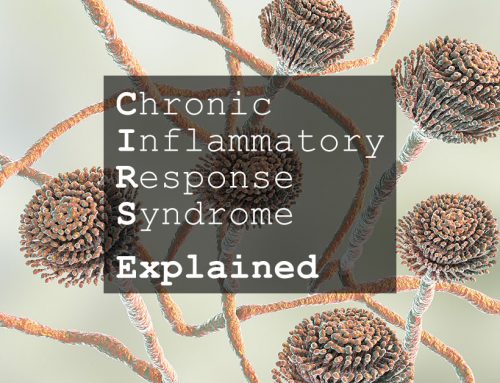Government Information (Australia)
NationalACTNTNSWQLDWATAS
- Commonwealth of Australia. (2018, October). Report on the Inquiry into Biotoxin-related Illnesses in Australia. Retrieved January 30, 2021 from link.
- Commonwealth of Australia. (2020, March). Australian Government Response to the Inquiry into Biotoxin-related Illnesses in Australia. Retrieved January 30, 2021 from link.
- National Health and Medical Research Council. (2020, November). Consultation Paper: Biotoxin-related illnesses in Australia–Health and medical research needs. Retrieved January 30, 2021 from link.
- Real estate institute of Australia. (n.d.). Tenancy Advice. Retrieved February 21, 2021 from link.
- Toxic Mould Support Australia. (2021, January). TMSA Consultation Response to the Targeted Call for Research into Biotoxin-related Illnesses in Australia. Retrieved January 30, 2021 from link.
- Tenants’ union of New South Wales. (2014, January). Mould. Retrieved February 21, 2021 from link.
- Queensland government residential tenancies authority. (n.d.). Mould. Retrieved February 21, 2021 from link.
- Government of Western Australia department of health. (2015). Mould and condensation in your home. [Adobe Acrobat File, 188kb]. Retrieved February 13, 2020 from link.
- Government of Western Australia department of health. (n.d.). Mould and dampness. Retrieved February 21, 2021 from link.
- Tenancy WA. (2019, May 4). Mould. [Adobe Acrobat File, 236kb]. Retrieved February 21, 2021 from link.
- Tasmanian government consumer building & occupational services. (2020, July 1). Types of minimum standards for rental properties. Retrieved February 21, 2021 from link
- Tasmanian government consumer building & occupational services. (2020, September 15). Rental repairs – whose obligation. Retrieved February 21, 2021 from link
- Tenants’ Union of Tasmania. (2014, September 30). Fact Sheets: Mould. Retrieved February 21, 2021 from link.
Government & NGO Information (USA & EU)
USAEU
- Centers for Disease Control and Prevention. (2020, August 6). Mold. Retrieved February 21, 2021 from link.
- Centers for Disease Control and Prevention. (2013). NIOSH Alert: Preventing Occupational Respiratory Disease from Exposures Caused by Dampness in Office Buildings, Schools, and Other Nonindustrial Buildings. Retrieved February 21, 2021 from link.
- Mayo Clinic. (2019, April 3). Mold allergy. Retrieved February 21, 2021 from link.
- United States Environmental Protection Agency. (n.d.). Mold. Retrieved February 21, 2021 from link.
Building Code Information
NationalTAS
- Australian Building Codes Board. (2019). Condensation in buildings, third edition. Retrieved January 26, 2021 from link.
- Dewbury et al. (2016). Scoping study of condensation in residential buildings. Australian Building Codes Board. Retrieved November 14, 2017 from link and link [appendices].
- Law, T. (2017). Condensation in the built environment. Australian Institute of Refrigeration, Air-conditioning and Heating – Humidity and Mould Prevention, Northern territory. [Audio File, 47m41s] audio link. [Adobe Acrobat File, 9.38MB] slides link.
- Consumer, Building and Occupational Services. (2019). Condensation in Buildings – Tasmanian Designers’ Guide – Version 2. [Adobe Acrobat File, 7 MB]. Retrieved February 13, 2020 from link.
- Dewsbury, M., Soudan, A., F, Geard, D., Cooper, A., & Law, T. (2018). Condensation risk mitigation for Tasmanian housing. Consumer, Building & Occupational Services and Department of Justice, Tasmania, Australia. Retrieved February 21, 2021 from link.




